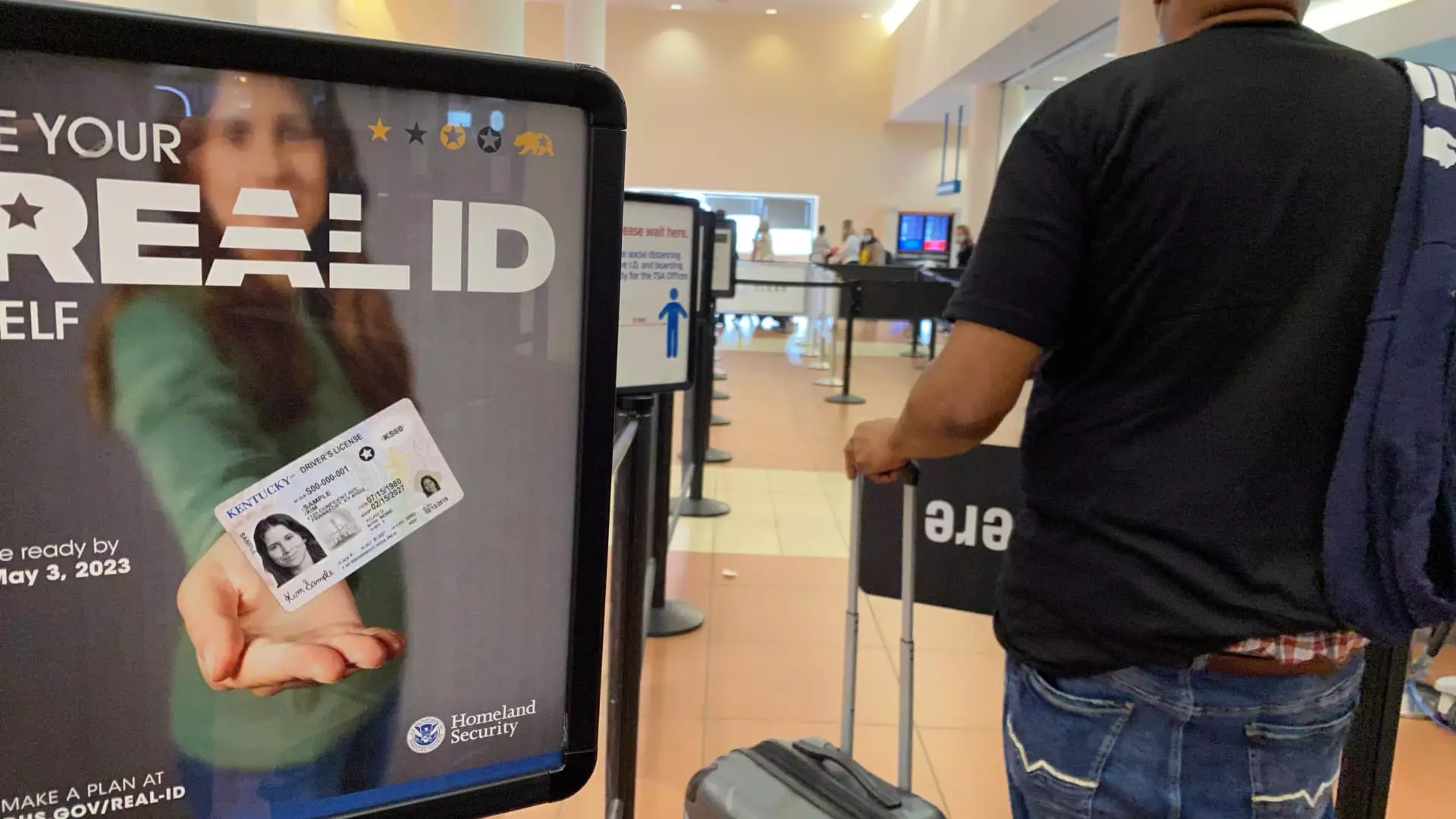As the clock strikes midnight on May 7, a silent storm is brewing at airports across the United States. The federal government’s decision to finally enforce Real ID requirements feels like a bureaucratic gauntlet thrown down at the feet of the American traveler. What began as a well-intentioned security measure following the Sept. 11 terrorist attacks has morphed into a tangled web of inconvenience, fear, and frustration that leaves many questioning the efficacy of government oversight in everyday life.
The grim reality is clear: the recent push for compliance threatens to inconvenience millions of travelers. As the Transportation Security Administration (TSA) announces its enforcement, it simultaneously adds pressure to call centers and DMV offices already struggling to recover from pandemic-induced disruptions. A sense of urgency hangs heavily in the air, but the reality of securing an appointment amidst these chaotic conditions is akin to finding a needle in a haystack.
Missing the Mark on Preparedness
It’s baffling that, despite years of notice, the government now asks citizens to scramble for last-minute appointments. Signs and flyers have been plastered in airports, but the responsibility of compliance rests squarely on travelers’ shoulders, exposing a glaring lack of foresight from officials. Why hadn’t there been a more robust campaign earlier to ensure people were prepared well in advance? The urgency of their current message seems less about security and more about saving face after years of delays.
While TSA’s statistics indicate that 81% of travelers have Real ID-compliant identification, we must remember the folks in the remaining 19%. These individuals now find themselves in a frantic race against time, only to be met with crowded booking systems and extended wait times. This oversight illustrates a disconnect between governmental agencies and the everyday realities faced by the traveling public.
The False Sense of Security
Though the narrative surrounding Real ID emphasizes its role in making air travel safer, one has to wonder if this requirement genuinely enhances security or merely creates an illusion of it. Critics argue that the nature of terrorism is adaptive; those intent on hijacking or assembling weapons will always find a way, regardless of the identification requirements imposed. Thus, while the government presents the Real ID as a deterrent, it may actually deter many harmless travelers instead.
The focus on Real ID compliance builds an unnecessarily exclusionary environment. It compounds existing inequities, as some individuals, particularly those from marginalized communities or those who face barriers in accessing state-issued IDs, will disproportionately bear the brunt of this new rule. As a country that prides itself on freedom and mobility, are we equipped to embrace policies that inadvertently disadvantage sections of the populace?
Seeking Alternatives in A Confusing Landscape
Fortunately, the government has acknowledged the potential plight of travelers without a Real ID. In a vague effort to ease tensions, it offers alternatives: passports, green cards, and trusted traveler IDs. But how practical are these alternatives for everyday travelers? Not all citizens possess a passport, and while the Global Entry program is attractive for frequent fliers, most will find it burdensome to navigate the complex process.
Moreover, the TSA’s suggestions hardly drown out the growing frustration. Travelers not only have to contend with potentially delayed air travel but must also face the daunting prospect of “additional screening.” This suggests a loss of dignity for the traveler—a scientific and data-driven bureaucracy stripping a basic right of passage and substituting it with an atmosphere characterized by scrutiny and unease.
A Call to Reconsider and Reform
Instead of merely wasting resources on a Real ID campaign that has seemingly turned countless travelers into time-crunched panic-stricken drones, our government should take a step back and reassess. The focus should shift from punitive measures to fostering an environment where security doesn’t come at the cost of convenience and dignity. As a society, we need to engage in productive conversations that champion civil liberties while also addressing safety concerns without creating unnecessary humiliation.
In this critical moment, it’s time for policymakers to reevaluate. Are they truly safeguarding the future of air travel, or are they simply implementing a flawed plan cobbled together from past mistakes? As the deadline looms, it’s up to us—the travelers—to demand accountability and ensure our voices are heard amid the cacophony of government bureaucracy.

Leave a Reply